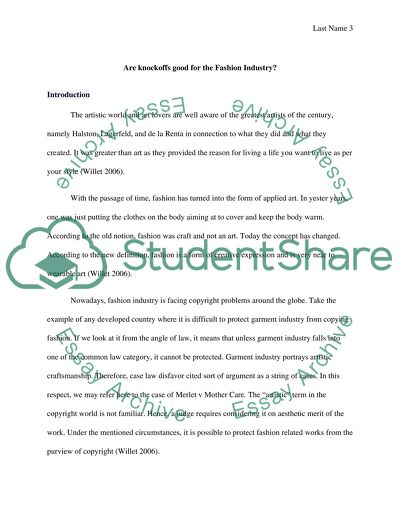Cite this document
(“Are knockoffs good for the Fashion industry Research Paper”, n.d.)
Are knockoffs good for the Fashion industry Research Paper. Retrieved from https://studentshare.org/visual-arts-film-studies/1402407-are-knockoffs-good-for-the-fashion-industry
Are knockoffs good for the Fashion industry Research Paper. Retrieved from https://studentshare.org/visual-arts-film-studies/1402407-are-knockoffs-good-for-the-fashion-industry
(Are Knockoffs Good for the Fashion Industry Research Paper)
Are Knockoffs Good for the Fashion Industry Research Paper. https://studentshare.org/visual-arts-film-studies/1402407-are-knockoffs-good-for-the-fashion-industry.
Are Knockoffs Good for the Fashion Industry Research Paper. https://studentshare.org/visual-arts-film-studies/1402407-are-knockoffs-good-for-the-fashion-industry.
“Are Knockoffs Good for the Fashion Industry Research Paper”, n.d. https://studentshare.org/visual-arts-film-studies/1402407-are-knockoffs-good-for-the-fashion-industry.


